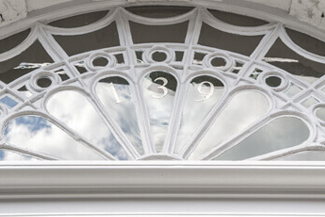As a proud W1 dentist, You may think it’s strange that we have an aversion to extracting teeth. This is not born of squeamishness or lack of confidence in our ability to safely and professionally remove teeth. We simply feel that every tooth is worth saving and we will always try our best to repair a tooth over extracting, so you can enjoy using your teeth for many decades to come.

Unfortunately, whatever the case may be from unresponsive gum disease to a severe cavity that has structurally weakened and compromised the tooth beyond the capacity of capping or crowding to save it, an extraction is usually our last option.
Every tooth of every patient is unique, so the rough guide we provide below is just a textbook example of the average patient. For advice more relevant to you, or if you have a pressing dental issue, please contact our surgery immediately and we will be happy to provide you with more tailored advice.
Extracting teeth
Once determined by our W1 dentist that the extraction is necessary and the patient’s consent is given, a set of dental X-rays is taken so that the procedure can continue without any unexpected complications and the state the roots can be assessed, as this may alter the extraction technique used. Local sedation is applied, usually by injection around the gum, and a prick test is performed to ensure the area is fully numbed and then the extraction takes place.
The extraction itself can take anything from a few minutes to 25 – 30 minutes depending on the condition of the tooth and if it has to be removed in pieces or as a single unit. Oftentimes, patients report an unpleasant pressure on the face that radiates down the jaw during extraction. This is perfectly normal and is important to remain calm.
If you have a dental aversion, partial sedation and the use of a calming sedative can be applied before an extraction. Please speak to our dentist about your feelings around dentistry so that this can be accommodated if required and so we can ensure that you are comfortable.
Post extraction care
Some very basic care can help with a successful recovery. The first 24-hours are the most important and ensuring that a sturdy blood clot forms in the now vacant socket is the highest priority. Within this first 24-hours, you should avoid using mouthwash and brush cautiously around the extraction site. Over-the-counter pain relief can be used to manage any discomfort and you may be asked to take a course of preventative antibiotics to reduce the chances of infection.
The most common complication post-extraction is dry socket. Although rare it is wise to take steps to avoid it, as it can be extremely uncomfortable. The chances of dry socket increase if you are a heavy smoker or drink spirits during the first 24-hours after an extraction. If you have had a dry socket in the past, have a family history of dry socket, this also increases your chances of developing it yourself. Mention this to our dentist and the option to pack and stitch the extraction will be considered as this is the best method of avoiding dry socket formation with our W1 dentist.
